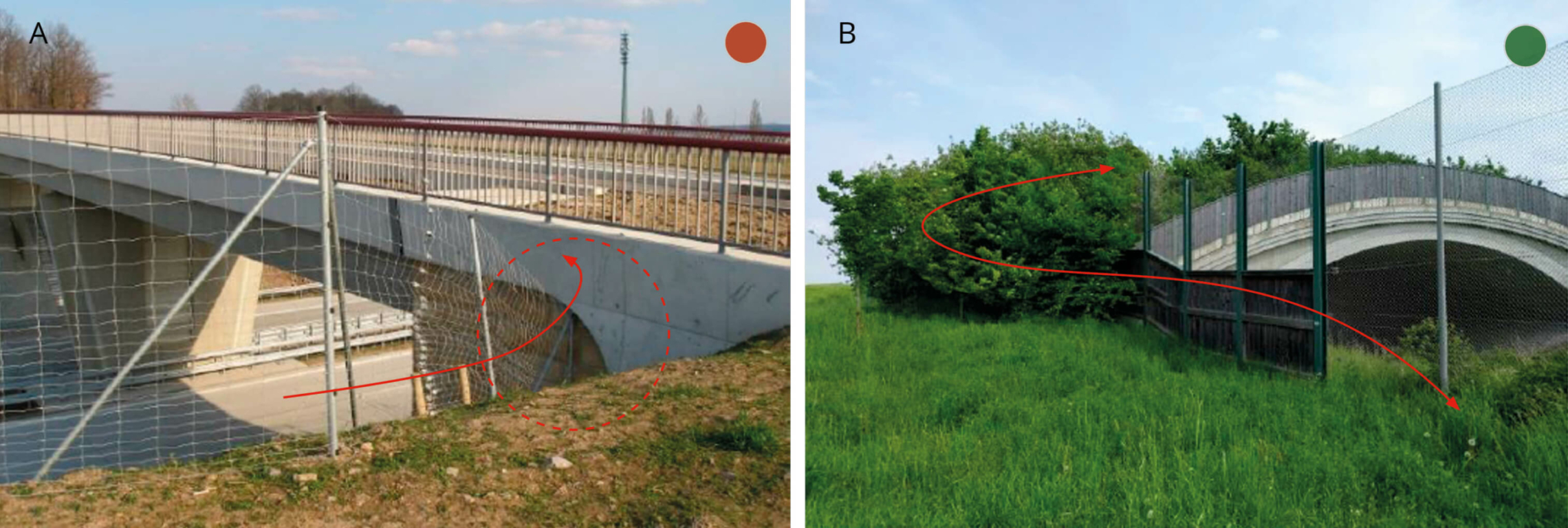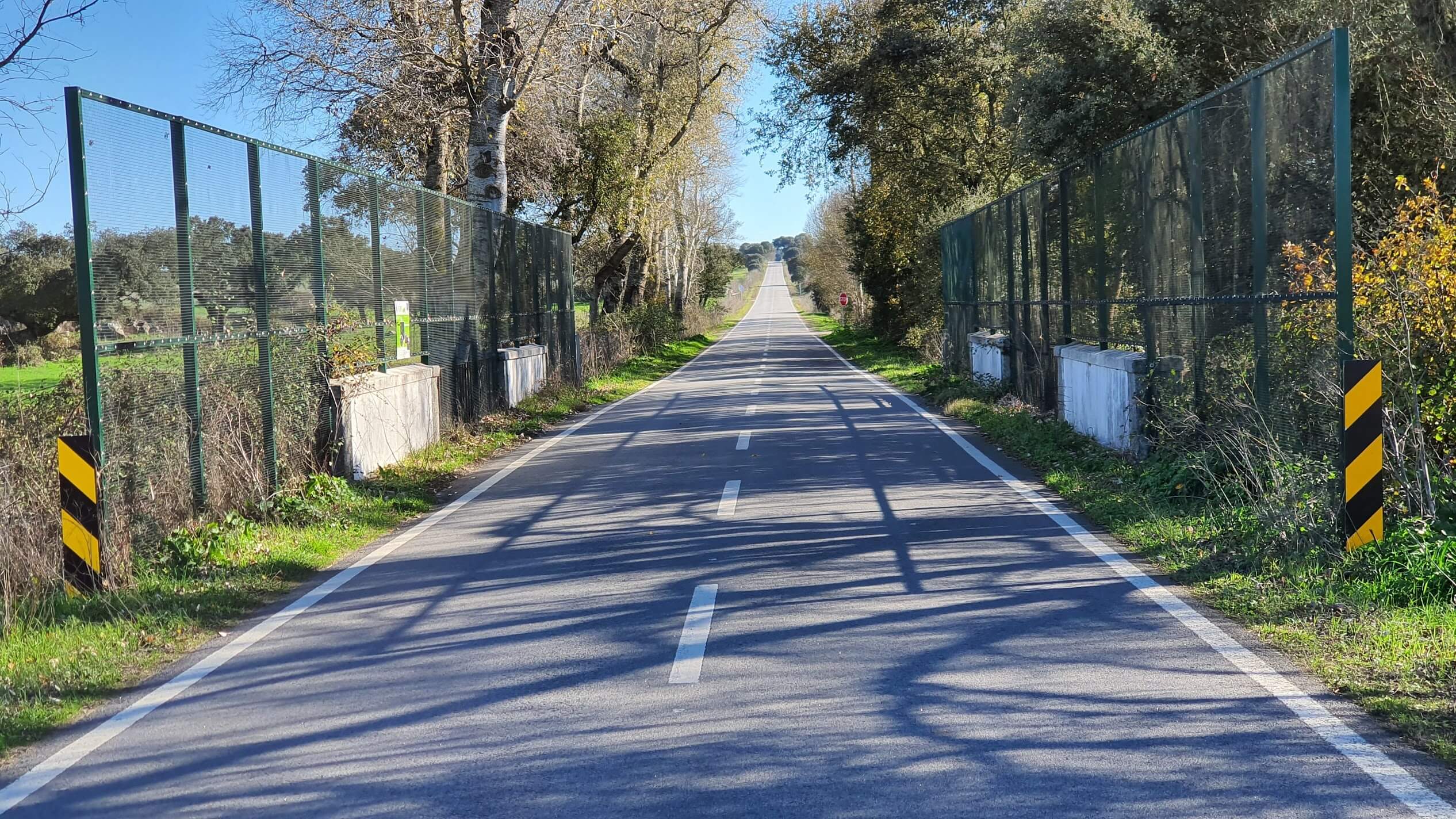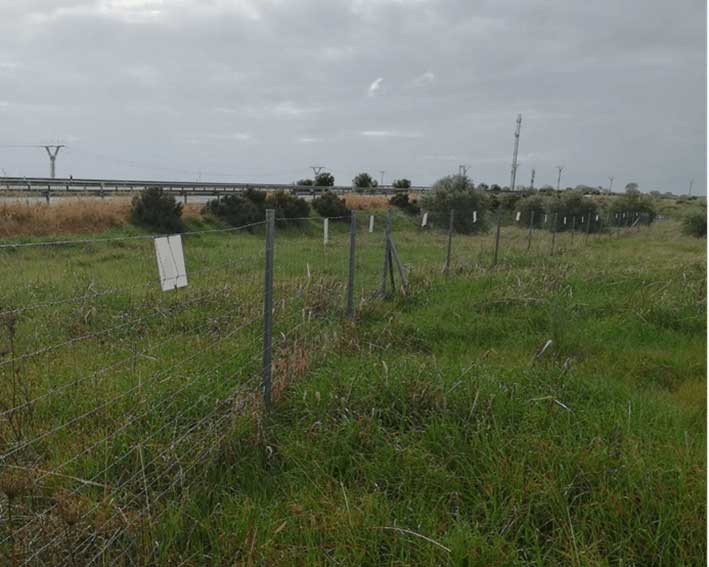Fencing and screens can be used to avoid bird and bat collisions with vehicles, either by increasing the flight height over the infrastructure or by guiding them to wildlife crossing structures. In both cases, the effectiveness of this mitigation measure will depend on species-specific characteristics.
Fences that raise the flying altitude of bats may be more effective in species that are adapted to open areas, which usually fly at higher altitudes and are less manoeuvrable. These fences also seem to be effective for pipistrelle bats that, despite flying 4-5 m above ground, tend to keep a flight height when crossing roads with screens on both sides. Other bat species adapted to the forest or forest edges usually return to their low flight altitude once over the fence, crossing the infrastructure at a height with more risk of collision with vehicles. For these species, the use of fences and screens to divert them from high risk areas and guide them to the crossing devices over or under the infrastructure are necessary (Figure 5.2.32). To increase the effectiveness of this mitigation measure for bats, several characteristics must be considered:
- The guiding fence or screen needs to be of sufficient height (4-5 m) (Figure 5.2.33). In the case of an underpass, an additional fence or screen can be placed above the crossing structure to help guide animals within it. In these cases, the height of the fence or screen can be lower, ca. 2 m (Figure 5.2.2B).
- The size of mesh in any fence must be small (2×2 to 4×4 cm).
- The guiding structure must extend for at least 50 m on either side of the crossing structure.
- Fencing to guide bird or bat flight must be appropriately anchored to the entrances of the crossing structures to avoid gaps though which animals could access the road or railway (Figure 5.2.32).
- Vegetation can be planted to complement the guiding structure, but is of limited success where there has been an attempt to modify well established commuting routes to suit the structure. Therefore, it is better to place the crossing structure where known commuting routes exist (see Section 5.5.5 – Bat crossing devices).
To avoid bird collision with wire meshes, white marks fixed at the upper part of the mesh may help to make fencing visible for birds (Figure 5.2.34). This is particularly recommended for species with slow and winding flight patterns. Different types of colour and dimensions of markings are being tested and more research is required to determine the most suitable design according to target species.


